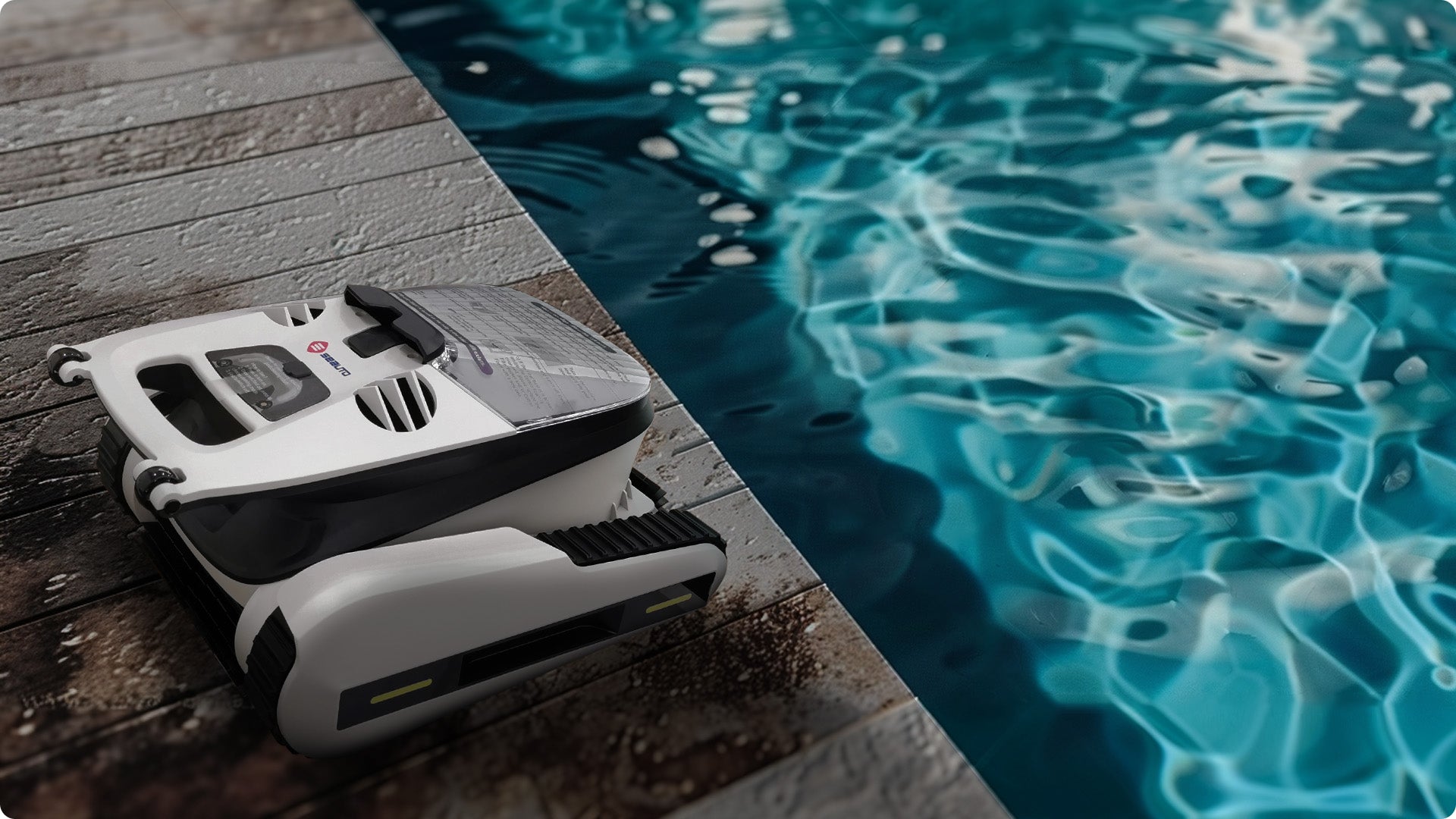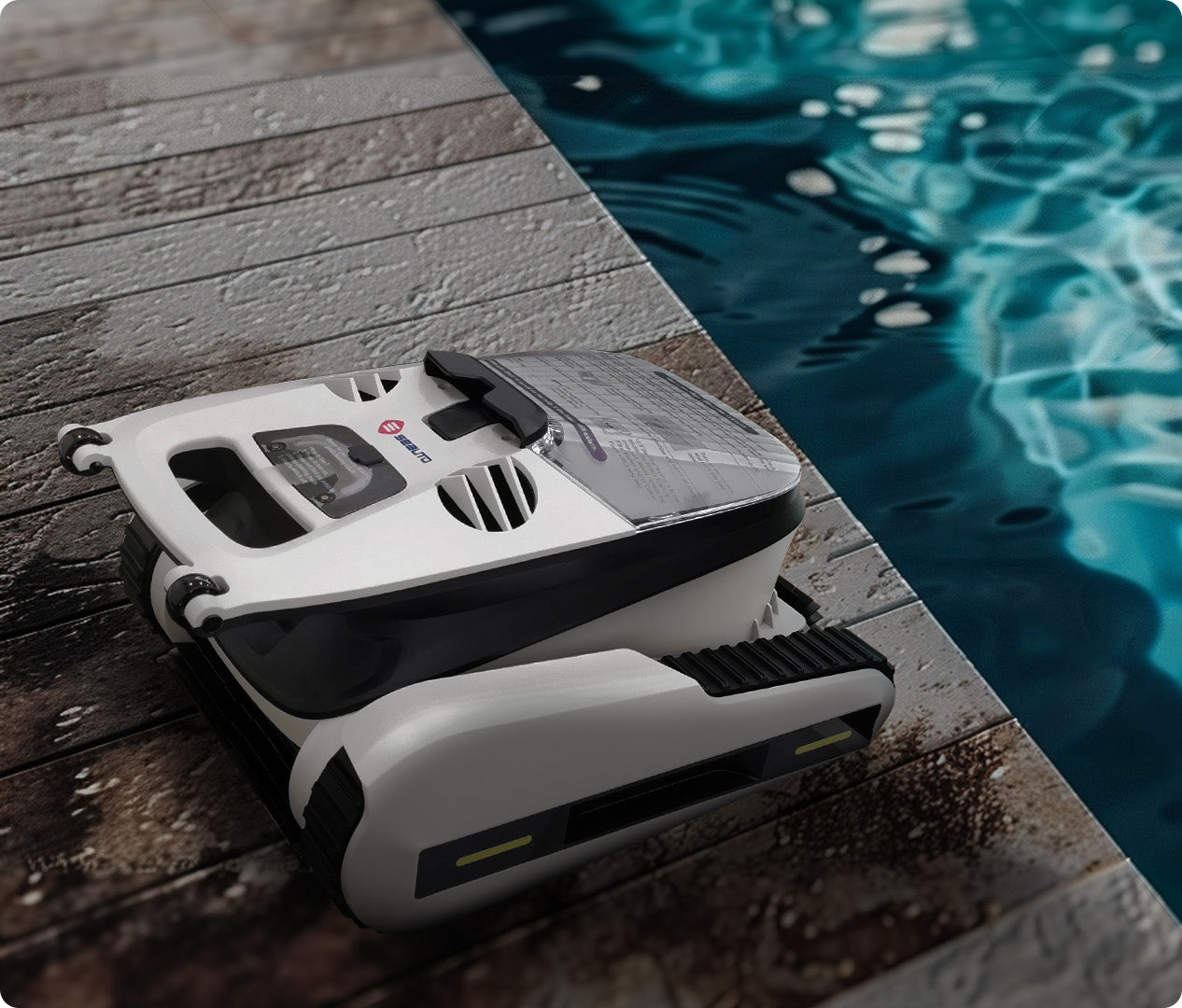Introduction
Maintaining a clean and inviting pool is essential, but the energy consumption of your robotic pool cleaner can add up quickly. Fortunately, many modern pool robots come equipped with hidden settings that can significantly reduce their energy usage. By implementing these tips, you can save up to 30% on energy costs while ensuring your pool remains spotless. Let’s dive into seven settings that most users overlook.
1. Adjust Cleaning Cycles
Why It Matters:
Running your robot continuously or too frequently can lead to unnecessary energy consumption. Tailoring cleaning cycles to match your pool's actual needs can make a big difference.
How to Do It:
Off-Peak Hours: Program your robot to start during off-peak hours when electricity rates are lower.
Frequency: Reduce the frequency of cleaning cycles based on pool usage. For example, if your pool sees less activity during certain seasons, adjust the schedule accordingly.
Tip: Use the robot's built-in timer function to automate this process for convenience.
2. Optimize Suction Power
Why It Matters:
High suction power is not always necessary, especially for pools that are relatively clean. Lowering suction power can conserve energy without compromising cleanliness.
How to Do It:
Adjust Settings: Check your robot’s control panel for suction power settings. Reduce the suction level for routine maintenance and increase it only when needed for heavy-duty cleaning.
Adaptive Modes: Some models have adaptive modes that automatically adjust suction power based on dirt levels detected by sensors.
Tip: Regularly monitor water clarity to ensure that reduced suction still keeps your pool clean.
3. Enable Eco Mode
Why It Matters:
Many robotic pool cleaners feature an eco mode designed to minimize energy consumption while maintaining effective cleaning.
How to Do It:
Activate Eco Mode: Look for an "Eco" or "Energy-Saving" mode in your robot's settings menu and enable it.
Monitor Performance: Keep an eye on how well the robot performs in eco mode. If it meets your expectations, continue using it regularly.
Tip: Refer to your user manual for specific instructions on activating and using eco mode.
4. Use Timer Function
Why It Matters:
A timer function allows you to control when your robot operates, ensuring it runs only when necessary and avoids peak energy times.
How to Do It:
Set Timers: Use the robot's timer function to set specific start and stop times. For instance, you might program it to run from midnight to 4 AM.
Customize Intervals: Adjust the intervals between cleaning cycles based on pool conditions and usage patterns.
Tip: Some advanced models offer smart timers that can be controlled via mobile apps, providing even more flexibility.
5. Utilize Smart Sensors
Why It Matters:
Smart sensors can detect dirt levels and optimize cleaning intensity, reducing unnecessary energy use.
How to Do It:
Enable Sensors: Ensure that any smart sensors on your robot are enabled and functioning properly.
Automatic Adjustments: Allow the robot to make automatic adjustments to its cleaning pattern based on sensor data.
Tip: Regularly update your robot’s firmware to benefit from the latest sensor technology improvements.
6. Battery Management
Why It Matters:
Proper battery management can extend the life of your robot and reduce overall energy consumption.
How to Do It:
Charge Wisely: Only charge the battery when it is below 20% capacity to avoid overcharging.
Storage Tips: Store the robot with a partially charged battery (around 50%) during extended periods of non-use to prevent degradation.
Tip: Consider investing in a high-quality charger that includes features like overcharge protection.
7. Remote Monitoring
Why It Matters:
Remote monitoring allows you to keep an eye on your robot’s performance and intervene if necessary, ensuring efficient operation.
How to Do It:
Use Apps: Download and install the manufacturer’s app to monitor and control your robot remotely.
Real-Time Data: Track real-time data such as battery levels, cleaning progress, and energy consumption.
Tip: Set up notifications for key events, such as when the robot finishes a cleaning cycle or if there’s an issue that needs attention.
Conclusion
By implementing these seven hidden settings, you can significantly reduce the energy consumption of your robotic pool cleaner. Not only will this save you money on your utility bills, but it will also help extend the lifespan of your equipment. Remember to consult your user manual for specific instructions related to your model, and don’t hesitate to reach out to customer support if you encounter any issues. Happy swimming!



